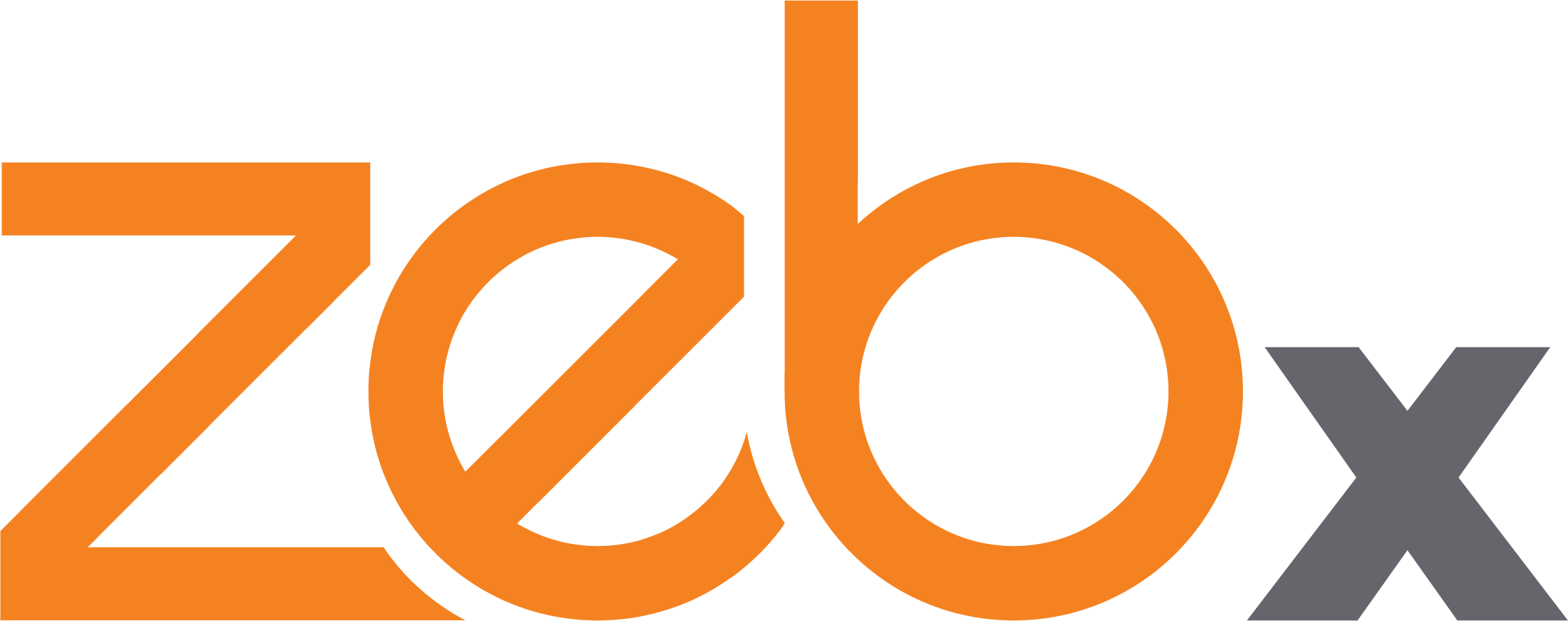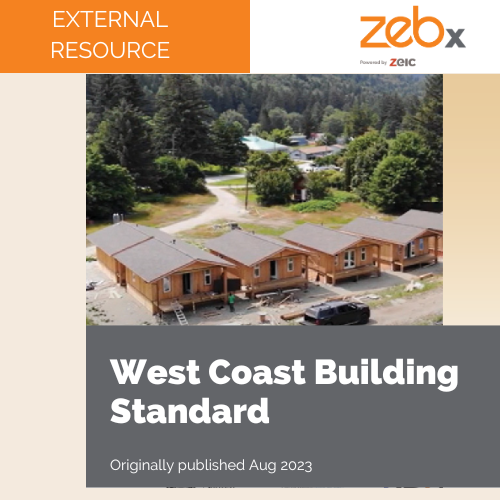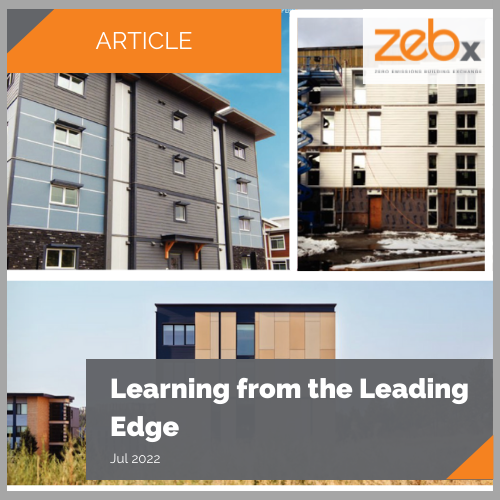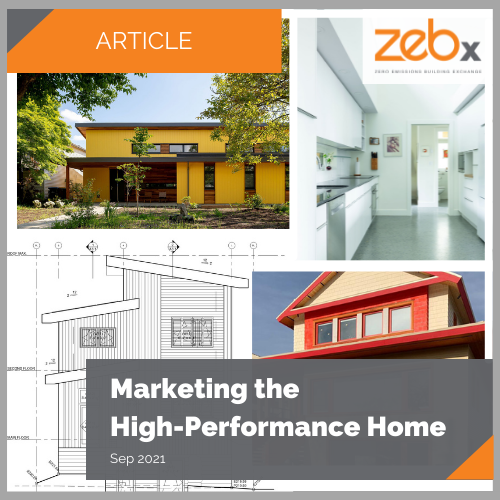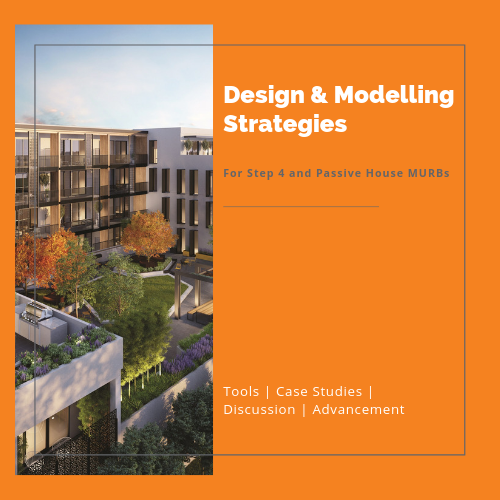
Design & Modelling Strategies
May 16, 2019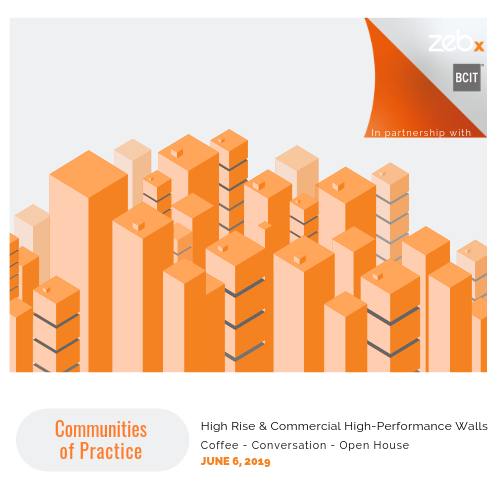
Communities of Practice: High Rise & Commercial High-Performance Walls
June 6, 2019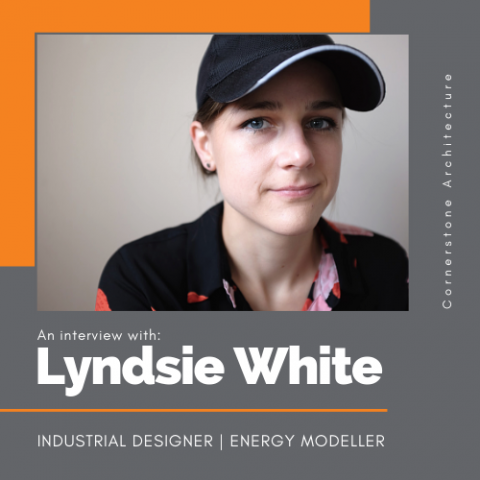
Thank you to everyone who participated in our Annual Survey. Your feedback was extremely valuable and will play an important role as we continue to build out our programming for the coming year.
We are excited to announce our Annual Survey prize winner, Lyndsie White!
From reconstructing the internal organs of ancient marine animals and reverse engineering destroyed data to designing net-zero homes with PHPP, Lyndsie White, Industrial Designer and Energy Modeller – Cornerstone Architecture, shares what it takes to successfully implement new building technologies and designs while navigating a rapidly evolving market.
ZEBx: How did you get into Energy Modelling?
Lyndsie: I started off my career in industrial design, at the same time working as a Research Assistant, reconstructing the internal organs of ancient marine animals. I worked alongside an extremely talented team of geologists and designed 3D reconstructions of fossil internal organ systems while reverse engineering destroyed data.
The information was extremely specialized, and without a background in geology, I quickly realized clear and effective communication was critical to our team’s success.
Since transitioning my career to the building industry, I’ve come to realize the “design think” and biological perspective intrinsic to Industrial Design is highly applicable to using PHPP (Passive House Planning Package). Our team at Cornerstone is always looking to push the boundaries on high performance design. We focus a lot on Passive House principles, so PHPP is used on a regular basis. My experience working with multiple modelling platforms and analyzing computational flow dynamics made the transition to PHPP and working within a highly specialized building team a lot easier.
Z: What’s your favourite part of the building industry?
L: My favourite part is the problem solving. I get really excited about the process; iteration after iteration. It’s not necessarily coming up with a solution, because solutions are not always transferable to other projects, but the problem solving and thought process always is.
The mixture of art and science is always fun. Although there are certain values that need to be achieved, the science base of PHPP still gives me the freedom to design the way I’d like to, and with the help of my team, create a functional, energy efficient and beautiful building.
Z: What advice would you give to those who are just starting out with PHPP?
L: Well, I think it’s easy to get overwhelmed when working with PHPP for the first time. People have to remember it’s both a design tool and a verification tool. Users have to remember the proof of what’s put into PHPP is important, as what you put in is what will have to get built. In my experience, I found aligning project stages with expectations helps navigate the complexity of PHPP and streamline the process.
Much like my experience working with the geological and biological research community, communication is key when it comes to PHPP, especially when working among a large project team. Luckily, my current team at Cornerstone is extremely sincere and motivated to pursue Passive House. They have an open-door policy that will go a long way in any organization. Whether it’s a four-storey MURB or a tall mixed-use tower, Passive House projects can be complex, but they don’t have to be difficult.
There’s also a lot of PHPP articles online now. These can be great tools and some additional resources are out there now that I wish was around when I was first learning the platform. I’d encourage folks to pay close attention to the terminology, as I’ve found the translation between Passive House Canada resources vs. Passive House Germany resources is not always clear. This is an easy barrier to overcome though. Finding someone familiar with both is often all it takes to identify where your assumption may have taken a left turn. That’s where the leaders of industry need to step in and share their process and lessons learned in order to fast-track industry’s transition.
Z: How do you see industry progressing in the next few years?
L: You have to try things. It’s that simple. You have to get stuck and then get unstuck.
Sometimes you have to make iteration after iteration after iteration. Other times, it’s about trying something completely new, and jumping off the deep end a bit. Every system that seems perfect never actually is. That’s why I’ve found success comes when a project team focuses on the process, rather than trying to force one specific solution.
I see industry progressing towards more simplified solutions. It’s easy to get carried away with new designs and modelling platforms, especially when most of industry is in its early stages of low-carbon innovation. Industrial Designer, Dieter Rams has been a huge influence throughout my career, especially when joining a leading design firm in an industry that was new to me. “Good design is as little design as possible,” that’s what Dieter Rams’ says, “less, but better.” Following this philosophy, I’ve realized that simple doesn’t always come right away, but it does come eventually through iteration. When we test ideas, we come up with new insight and learn from every project we work on. Asking good questions and how they can lead to better designs, and ultimately to better and simpler solutions.
My team does a lot of thermal bridging analysis, just to see what will happen. Working with PHPP “in-house” and doing our own thermal bridge modelling is significant to our workflow at Cornerstone. It shortens the communication loop and helps in solving design implications when conflicts happen. Everyone at Cornerstone comes from very different backgrounds and their processes vary immensely, so it’s important we keep each other in that loop at all times. I watch how my team functions, and I think it’s this feedback loop of collaboration to iteration, assumptions to trials that strengthens Cornerstone’s ability to tackle problems head on.
In order for industry to progress as quickly as it needs to under current policy, there’s needs to be a fair amount of knowledge sharing. And not only knowledge sharing, but report updates. We can share processes, but we can’t optimize unless we understand how our work applies to other projects. In order to find solutions and processes that work well, there needs to be a systematic way to compare and contrast results. To refine a solution, we first need to reframe it within the context of a different problem.

